| Print It! Click here to download a printable PDF of this lesson's notation. |
The morning of January 15th started just like every morning for me—a cup of coffee, the guitar, and the dog lying at my feet. As I began playing, I started to feel guilty because the night before I had broken my routine of reading scripture (Please understand that I am relating a story and not preaching).
At that moment, the melody of “The Price” came to me as if I had known it forever. I say this with humility because it was more gift than effort. As a matter of fact, nothing was changed or rewritten in any way—what you hear is what I first heard.
This leads to the question where does musical expression and creativity come from when it is inspired? It is much easier to explain craft and work ethic. I live near Nashville where songwriters make appointments to be both clever and creative. They meet at nine, go to lunch, and then finish the next heartbreak classic. In the real world, writing and creating like this is necessary, though one could easily argue that it’s a necessary evil.
In Greek mythology, a Muse is a goddess who presides over the arts and sciences. In recent years, I have heard many musicians refer to this as the creative flow. Wherever the magic comes from it is a welcomed companion. Trust me, she will not visit every day!
Now we will talk about space and melodic elements that can be used to fill space and hold the listener's interest. First, let me say that the choice to fill this space is personal and many times, it will be a better musical choice to leave space. I believe Mozart said, “Music is painted on a canvas of silence." Who am I to argue with Mozart?
Many devices can be used to fill space, such as rhythm and harmonic variation and melodic activity either in a secondary voice or in the bass line. In “The Price” you will find many places where secondary melodic activity happens when longer sustain notes ring in the soprano voice. Most of this secondary melodic motion you will find in the inner line. The first measure that uses this device is measure nine. You will notice that the inner line of this measure is short but is melodically independent and makes sense. It is always important that the secondary line whether it is in the middle voice or bass that the line stands on its own and is logical.
Rhythmic independence
Notice that the secondary lines throughout the piece start after the principle melody. This allows the ear to digest the two melodic statements with greater clarity. It also sets up what I would call a question and answer. It becomes more of a musical conversation.
Take a look at measures 9-13 and 20-23 to see inner line movement. Measure 20 starts the second time around with the A section of the tune. Notice that the inner line in measure 20 starts on a higher pitch than in measure nine. This gives use a new musical possibility, and we always want to avoid being too predictable.
Points to Consider:
• A melodic motif is set up with the sixteenth note pickups that happen through the piece. A simple short motif can be a very attractive thing.
• Notice the intro has a constant flow of eighth notes below sustained notes above. The notes above come in on beat three each time creating space against activity. I hear this really as two separate instruments.
• When performing the piece it is important to let it breathe a little yet still have a basic sense of time. This certainly is not something that can be explained but should be felt naturally.
• Watch the left hand fingerings. They may feel a bit odd in a couple of places however the music should always define fingerings. Never let the fingers guide the music.
In closing, I hope you find joy in playing “The Price.” It certainly brought me joy as it unfolded under my fingers.
By Bill Piburn
Download Example Audio
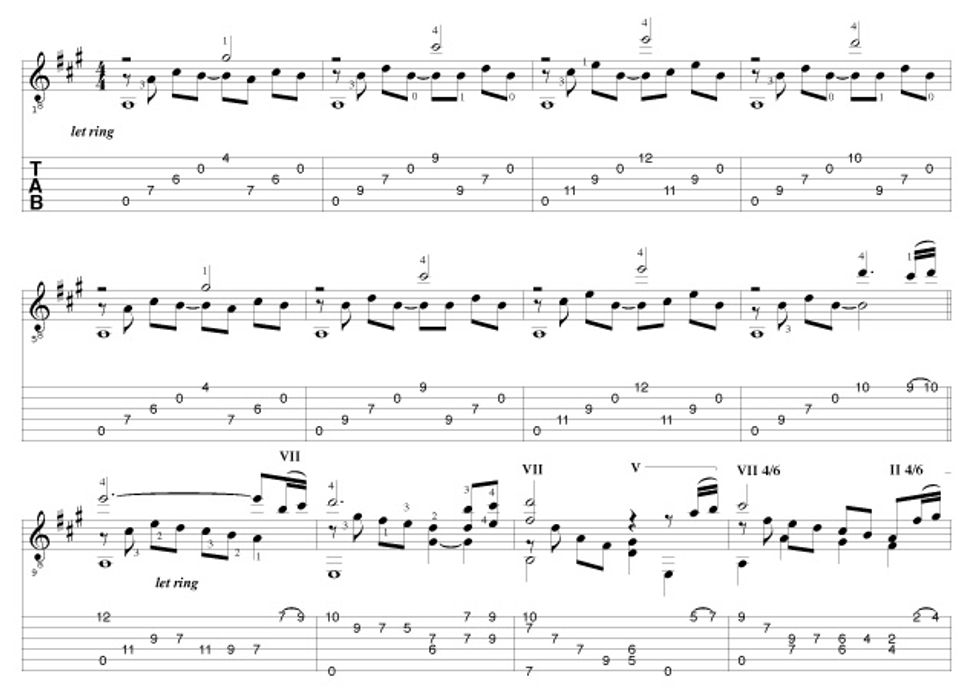
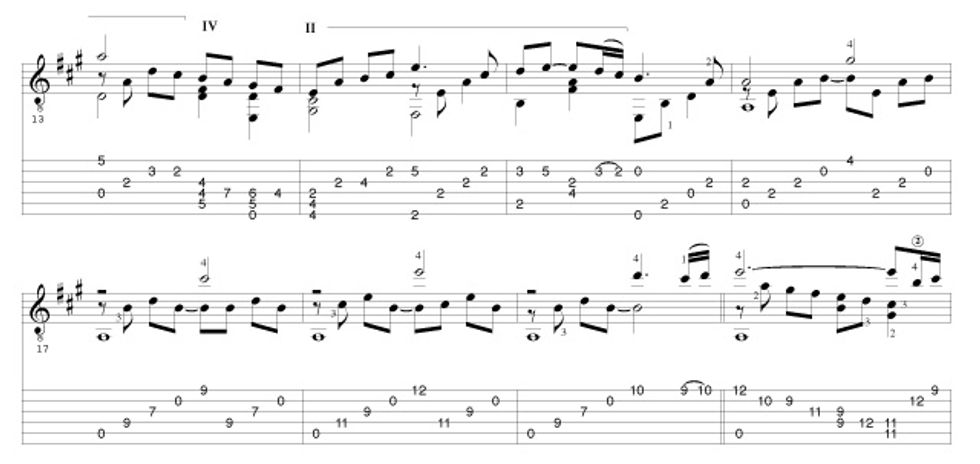
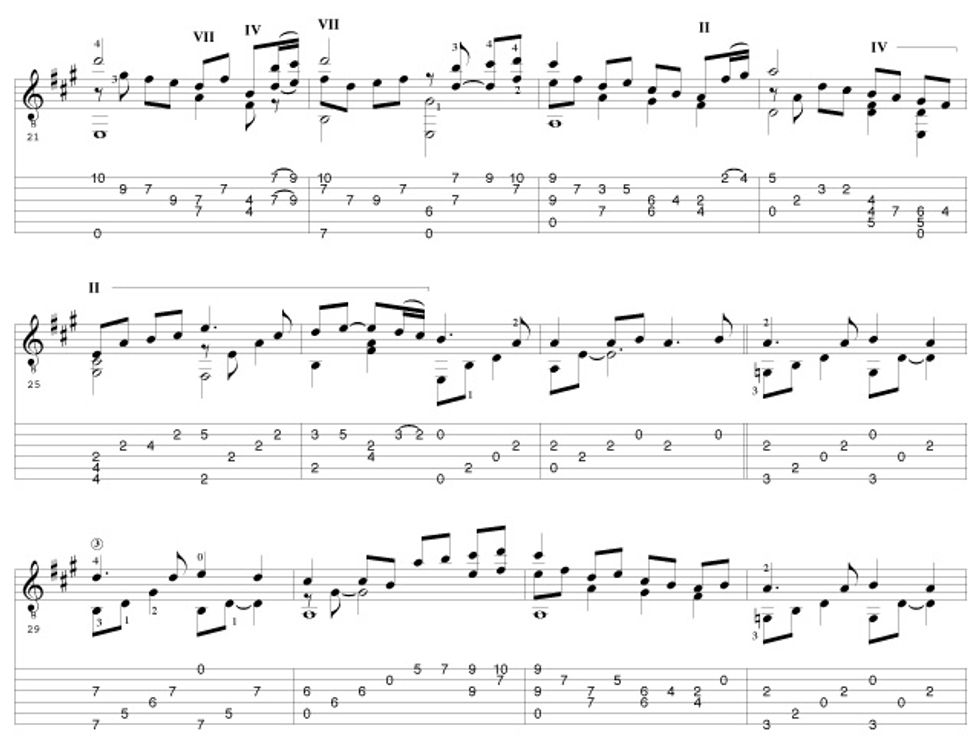
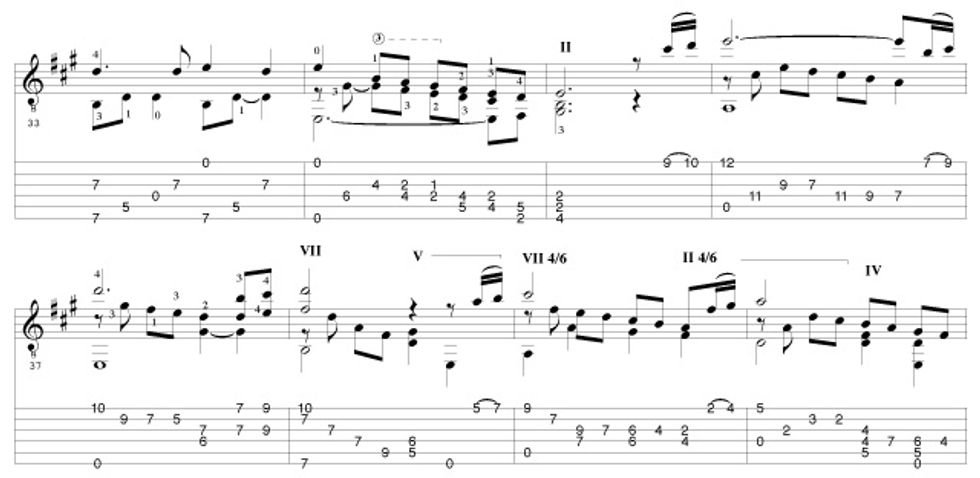
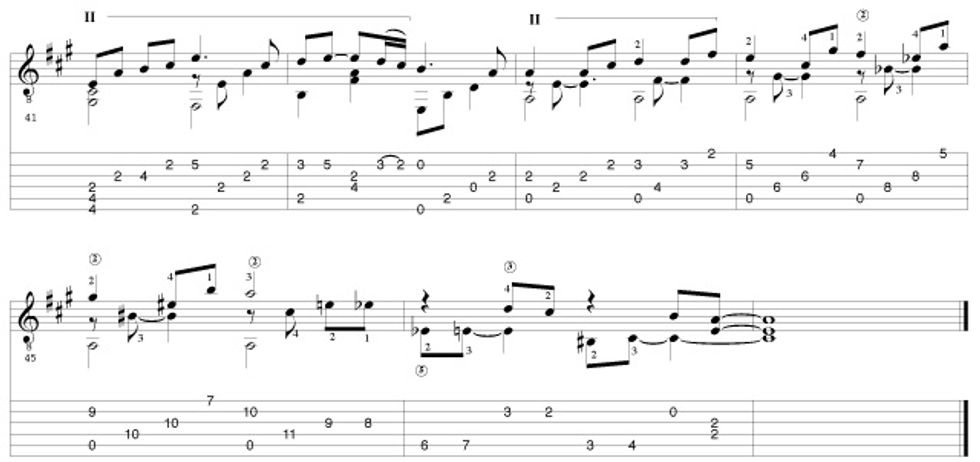



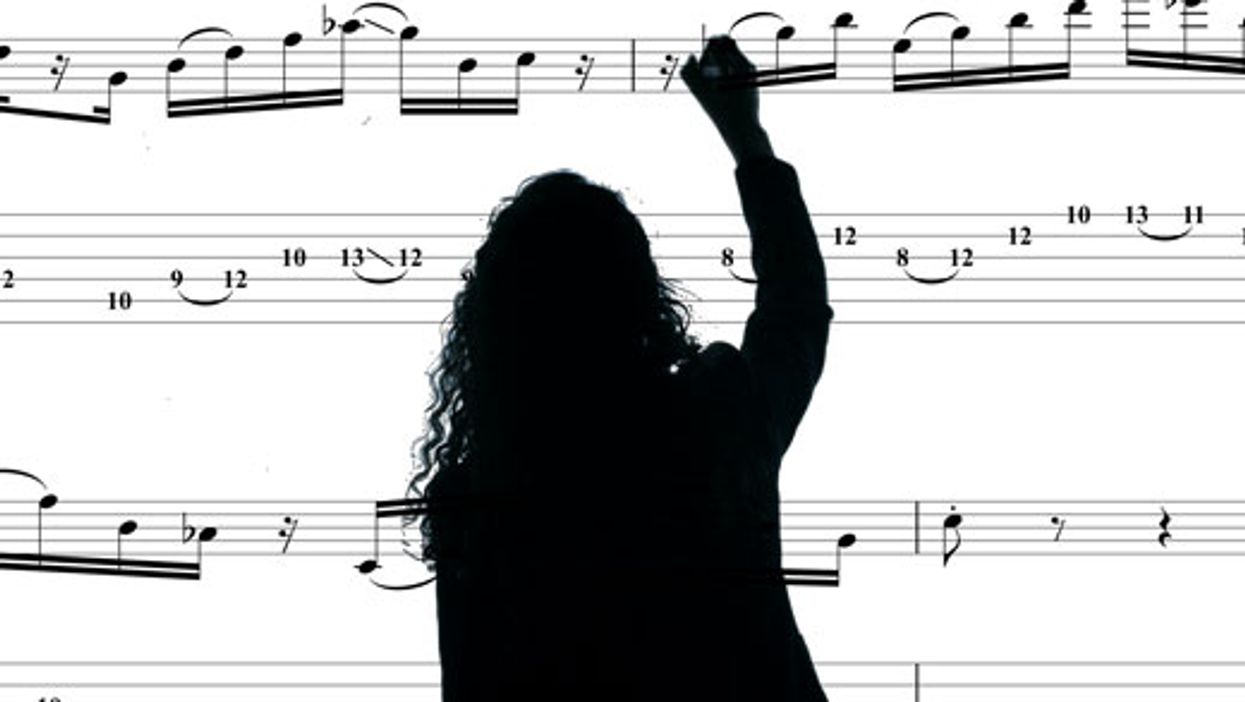





![Devon Eisenbarger [Katy Perry] Rig Rundown](https://www.premierguitar.com/media-library/youtube.jpg?id=61774583&width=1245&height=700&quality=70&coordinates=0%2C0%2C0%2C0)





